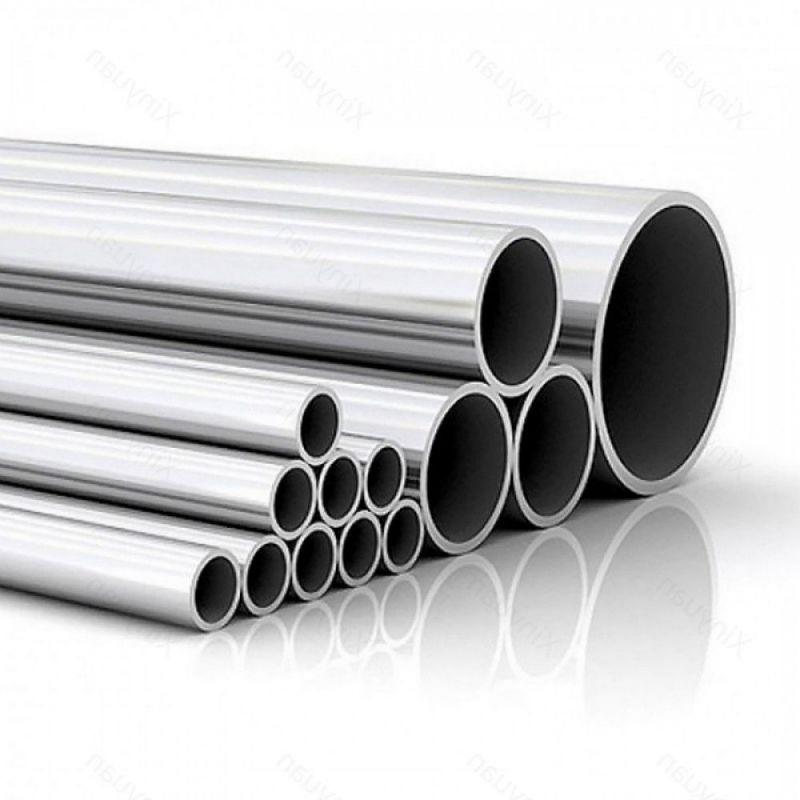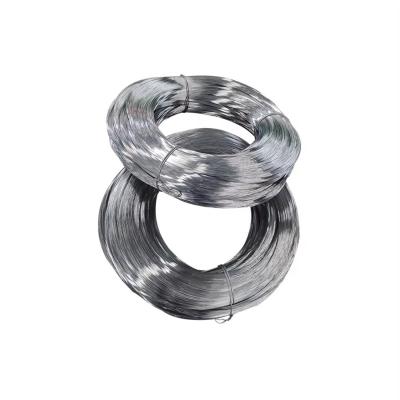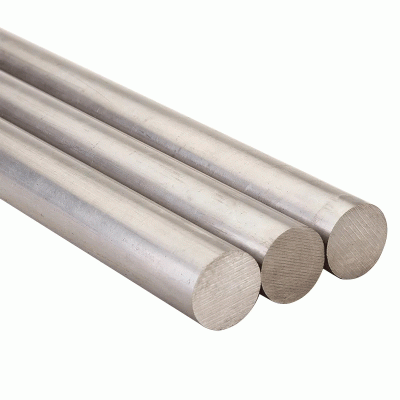904l Stainless Steel Pipe (N08904) Weld Corrosion Prevention Method And Protection Effect
Seawater corrosion resistant materials, and widely used in Marine engineering. However, in practical engineering application, the stainless steel connection, especially the welding area, often appears various corrosion damage, resulting in a great loss. Therefore, in this paper, according to the characteristics of seawater corrosion of stainless steel, the seawater corrosion and anticorrosion mechanism of its weld site were comprehensively analyzed and studied. First, the 904 l stainless steel tube (N08904) welding area (weld seam and heat affected zone, parent metal) chemical composition, non-metallic inclusions and metallographic organization, intergranular precipitate phase (sigma) grain size and so on has carried on the experimental study, at the same time by polarization curves and electrochemical impedance spectroscopy measurement experiments verify the existence of micro cell corrosion mechanism so as to obtain the local corrosion. Then the important factors affecting the seawater corrosion resistance of stainless steel, such as seawater concentration, welding process and other factors were experimentally studied. The experimental results show that the microstructure and corrosion resistance of welding seam are improved greatly after adopting the new welding process. In addition, the corrosion rate of 904L stainless steel pipe (N08904) weld is the highest when the salinity of seawater is about 3%.

Secondly, the anticorrosion method and protection effect of 904L stainless steel pipe (N08904) weld were studied. Firstly, the cathodic protection test of uncoated bare steel with impressed current was carried out, and the protection potential of different areas of weld was obtained. After cathodic protection was applied, the corrosion of stainless steel weld was significantly reduced. Then the protection of coating protection and cathodic protection combined protective effect is researched, it is concluded that the best protection potential joint protection scope, and calculates the optimum protection potential, corrosion current density and protection degree under the compared with separate and anticorrosive coating, corrosion rate is greatly reduced, this shows that joint protection technology of stainless steel corrosion protective effect is better. After deammonia into the saturator cyclone acid removal part, 904L stainless steel pipe (N08904) welding line anti-corrosion technology production purification coke oven gas 19,000m3 /h, the ammonia gas in the ammonium sulfate process using spray saturator absorption and removal. After the process is put into use, some pipes and equipment weld corrosion leakage serious, and then affect the production of ammonium sulfate, so that the yield of ammonium sulfate decreased. The coke oven gas from the drum cooling process is preheated by the gas preheater and then enters the absorption chamber of the spray saturator, which is in contact with the reverse spraying mother liquor of ammonium sulfate to remove the ammonia gas in the gas. 904L stainless steel tube (N08904) belongs to austenitic stainless steel series. Table 1 Composition of ammonium sulfate mother liquor Air center tube leaves the saturator and enters the final cold cleaning process of benzene. In order to ensure that the ammonia content in gas is less than 0.05g/m3, mother liquor with high acidity is used for secondary spraying at the gas outlet of the saturator absorption chamber. After absorbing ammonia, mother liquor of ammonium sulfate enters the saturator crystallization chamber. The mother liquor in the upper part of the crystallization chamber is transported to the upper absorption chamber of the saturator by circulating mother liquor pump, and the mother liquor with crystals in the bottom is sent to the crystallization tank by crystallization pump. The ammonium sulfate crystal is separated from the mother liquor, and the separated mother liquor is returned to the saturator through the reflux pipe. Ammonium sulfate crystals separated from the bottom of the crystallization tank are separated by centrifuge again, dehydrated by a fluidized bed dryer, packaged and stored.



